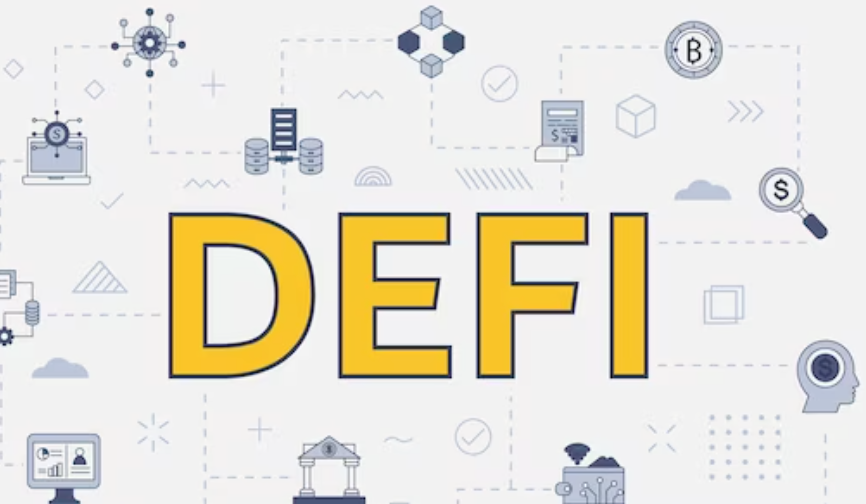$AAPL $TSLA #Blockchain #EquityLending #DeFi #CryptoInnovation #FinancialFuture #DigitalAssets #ProgrammableFinance #MarketEfficiency #OnchainSolutions
Why Should You Move Equity Lending to Blockchain Today?
In today’s fast-paced financial landscape, equity lending is facing significant challenges. The outdated batch settlements and labor-intensive manual reconciliations are stifling the efficiency of modern markets. If you want to stay ahead, you must put news regarding equity lending onchain, transforming how these transactions are conducted.
The traditional equity lending process is riddled with inefficiencies. For example, manual reconciliations can lead to errors, delayed settlements, and increased operational costs. These issues not only affect the lending institutions but also hinder the overall market liquidity. By moving to an onchain infrastructure, financial institutions can implement real-time, programmable solutions that enhance transparency and streamline processes.
The Advantages of Onchain Equity Lending
One of the most compelling benefits of onchain equity lending is the elimination of intermediaries. Blockchain technology allows for direct transactions between lenders and borrowers, reducing costs and enhancing speed. With smart contracts, agreements can be executed automatically when predefined conditions are met, minimizing the risk of disputes and ensuring compliance.
Additionally, onchain systems can provide real-time visibility into the lending process. This transparency builds trust among participants and allows for better risk management. Financial institutions can monitor their positions and collateral in real-time, enabling proactive decision-making.
Moreover, the integration of blockchain technology can facilitate cross-border equity lending. Traditional systems often involve lengthy processes for international transactions, but onchain solutions can enable instantaneous settlements across different jurisdictions. This capability is crucial in today’s globalized economy, where time is of the essence.
Challenges to Overcome
Despite the numerous advantages, transitioning to an onchain equity lending system is not without its challenges. Regulatory concerns remain a significant barrier to adoption. Financial institutions must navigate complex legal frameworks to ensure compliance with existing laws. However, as the regulatory landscape evolves to accommodate digital assets, these barriers are likely to diminish.
Another challenge is the technological infrastructure required for blockchain implementation. Many institutions may lack the necessary resources or expertise to transition smoothly. Collaborations with fintech companies specializing in blockchain can ease this transition and provide valuable insights.
The Future of Equity Lending on Blockchain
As we look toward the future, the momentum for adopting onchain solutions in equity lending continues to grow. Financial institutions that embrace this technological shift are likely to gain a competitive edge. By leveraging blockchain technology, they can enhance operational efficiency, reduce costs, and improve customer satisfaction.
Investors and stakeholders must also be aware of these developments. The evolution of equity lending into a more digitized, efficient model presents new opportunities for growth and innovation. For those interested in exploring the crypto space further, check out relevant insights in our crypto section.
In conclusion, the time has come for equity lending to embrace blockchain technology. The benefits of real-time settlements, reduced costs, and enhanced transparency are too significant to ignore. As the financial landscape evolves, institutions that fail to adapt may find themselves left behind. For those ready to take the plunge, now is the time to explore the potential of onchain equity lending and consider options such as Binance for engaging with digital assets.
The future of equity lending lies on the blockchain — it’s time to get on board.











Comments are closed.